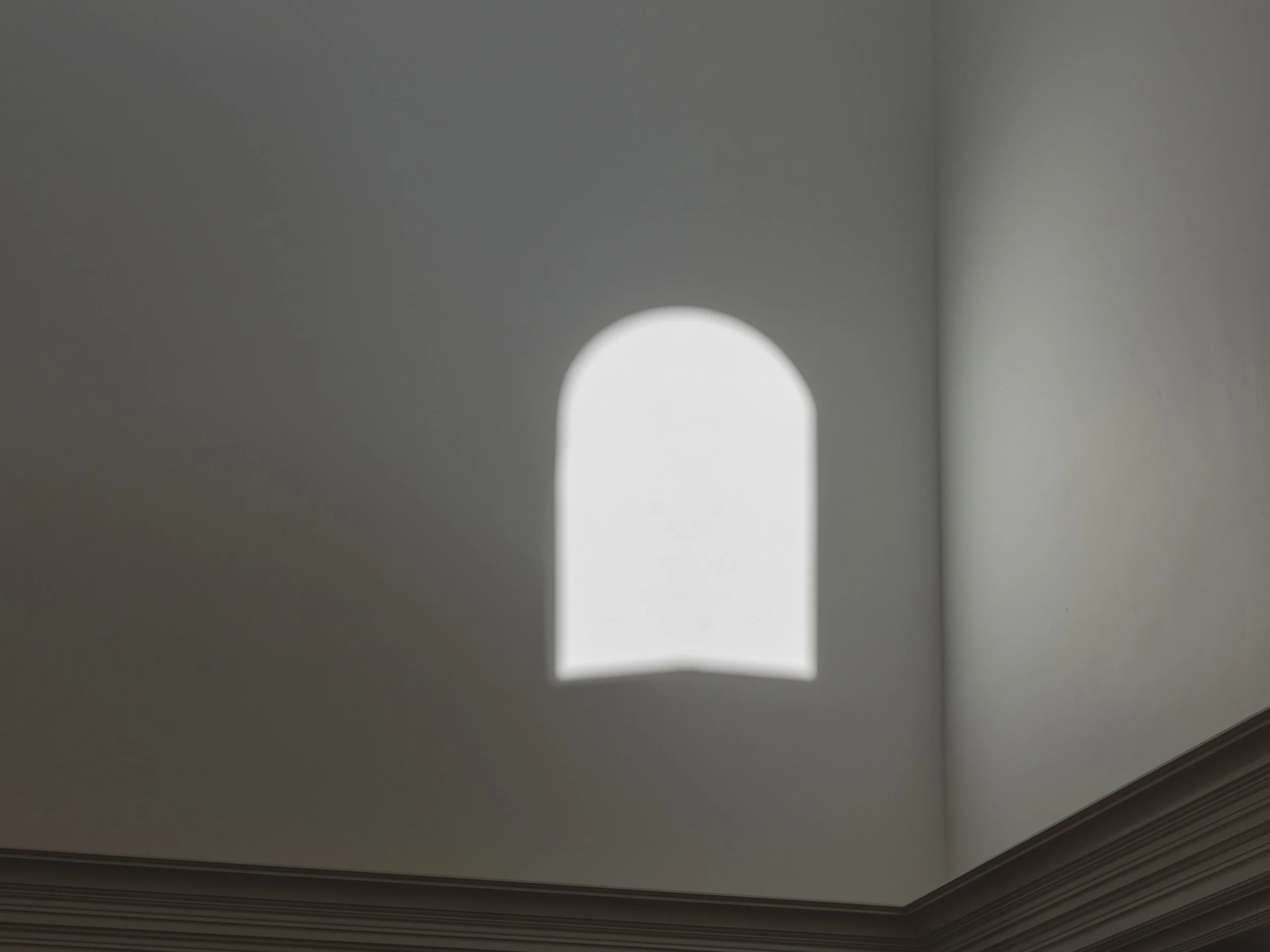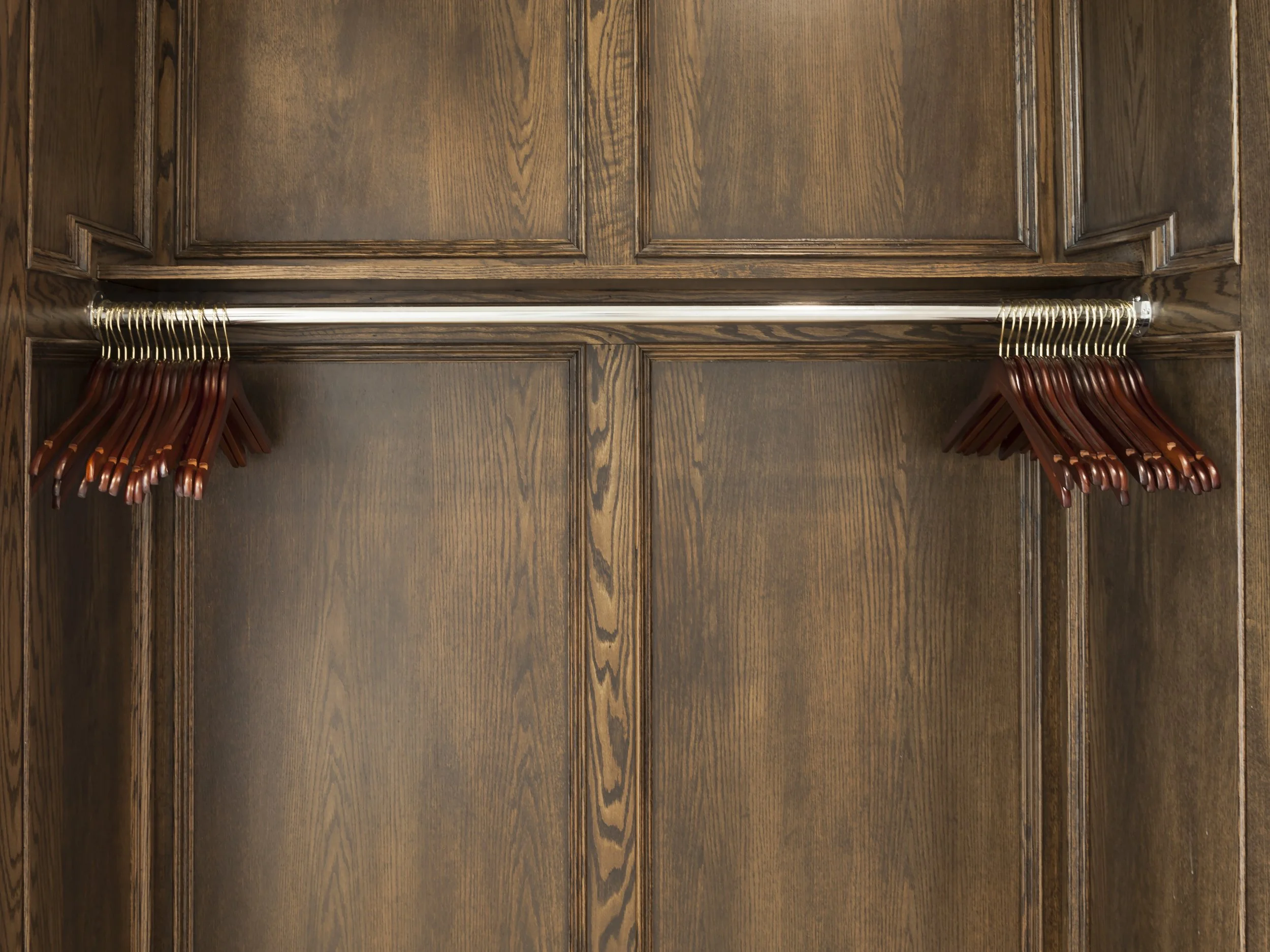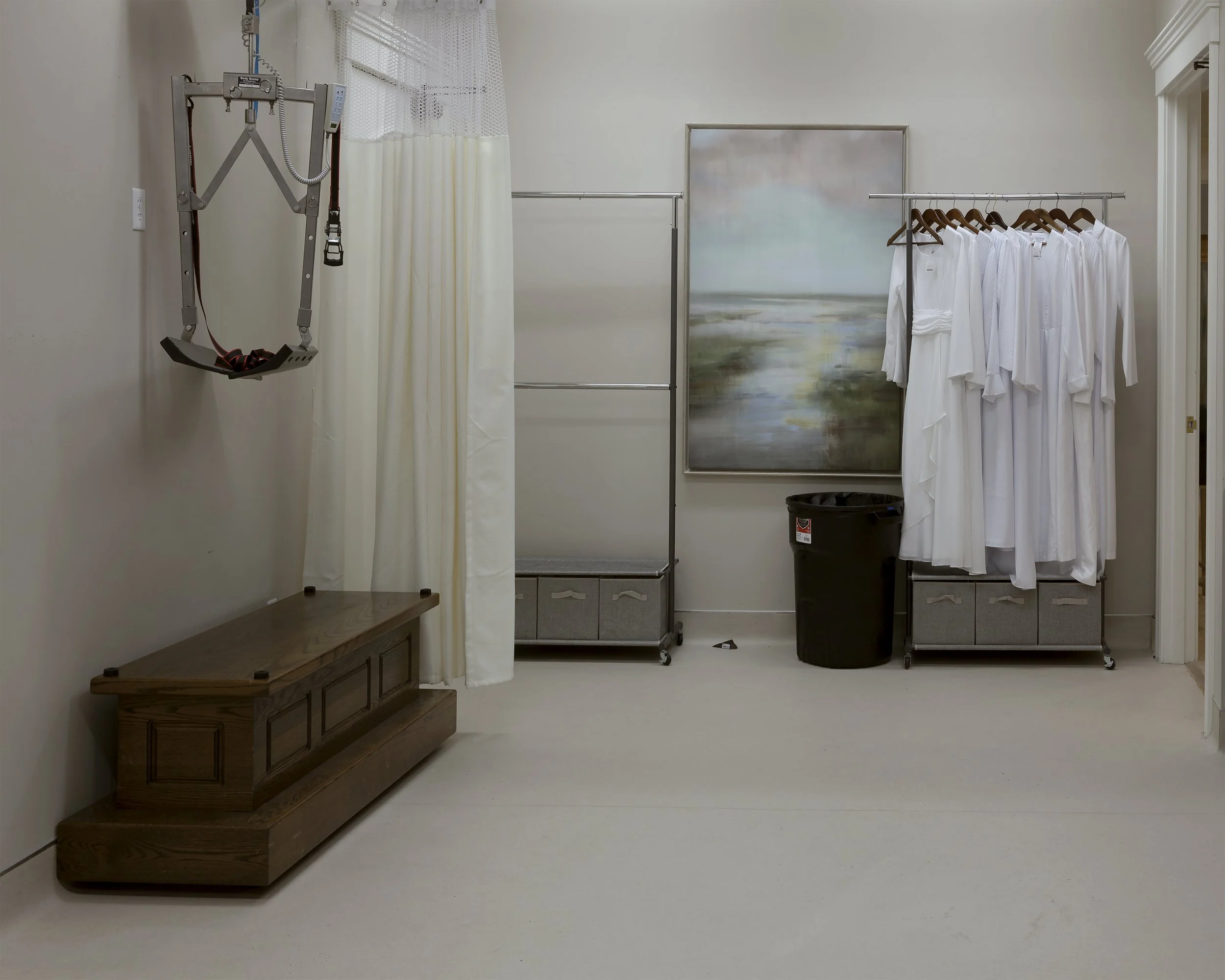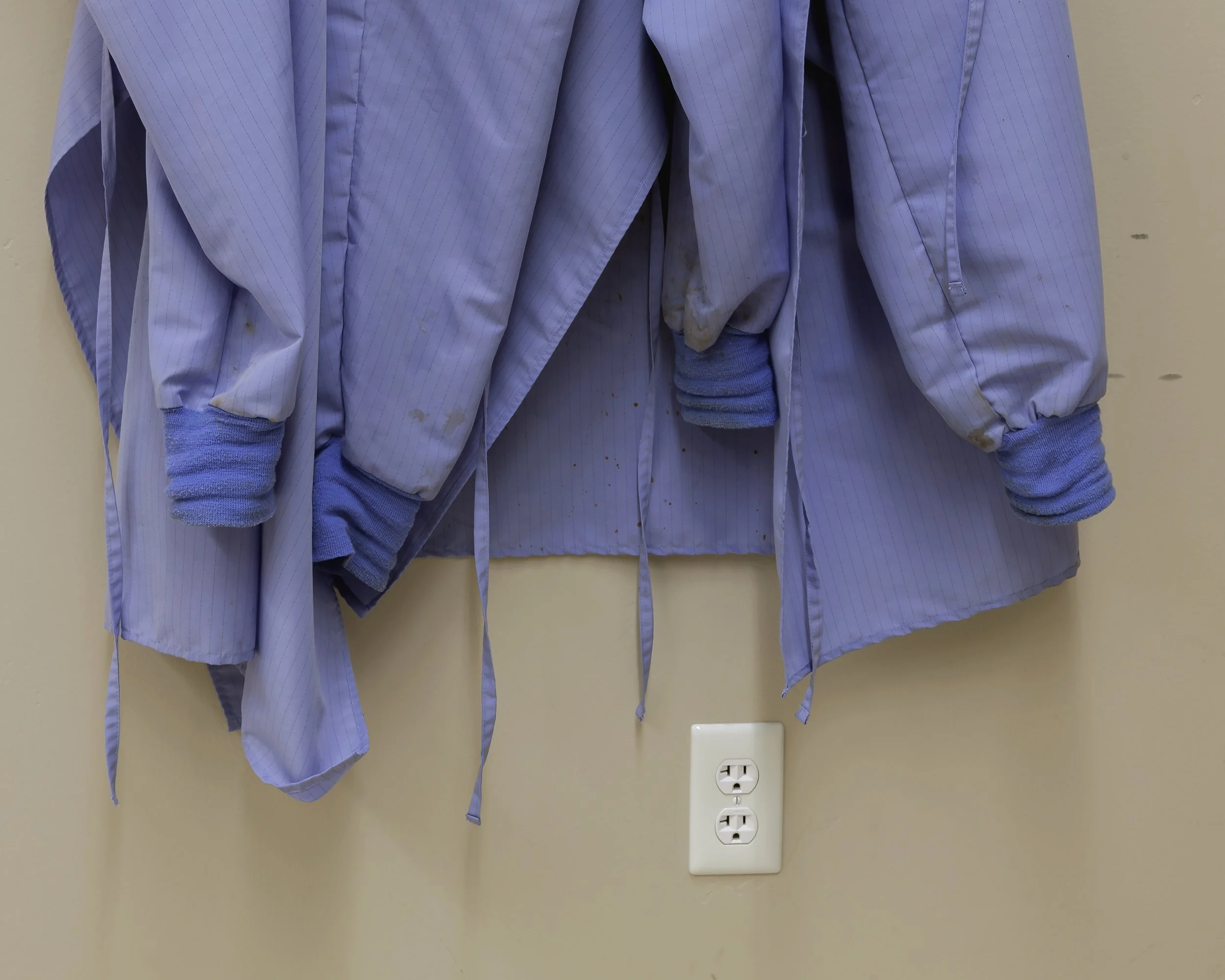the body is only a vessel
In her book, The American Way of Death, Jessica Mitford records how funerals, as we know them today, are socially constructed and marketed as the “traditional way to properly say goodbye.” Similarly, The Principles and Practices of Embalming describes funerals as “...social function[s] at which the deceased is the guest of honor and the center of attraction.”
Growing up outside of the US and experiencing funeral homes only through television, they have always felt very “American.” The body is only a vessel invites viewers to take a more critical view of funerary spaces and the artificiality surrounding sepulture protocols. Although the project investigates death and funerals, it does so in-between services—providing a behind-the-scenes view of the spaces before the casket is rolled in and as tissue boxes are strategically placed around the room.
By exploring the mundanity of death and the implied tension between the present life and the afterlife, the project visualizes quiet emblems of loss through texture, light, and space. Doors and windows serve as allegories to “the other side,” as impressions of light and shadow demonstrate the delicate balance between life and death. Together the pictures ultimately illustrate how these liminal spaces serve as empty containers for a family’s bereavement and mourning, all while acknowledging the ambiguities and ironies in funerary practices. As such, The body is only a vessel treats funeral homes less as venues for the exhibition of embalmed bodies and more like vessels constructed to fulfill whatever needs of those left behind, documenting how funeral practices aren’t so much a dance with death but a shuffle around it.
exhibitions
2023 The body is only a vessel, Fiestas Americas, Projects Gallery, Logan, UT
2023 A Collision of Forms, Tippetts & Eccles Gallery, Logan, UT
2023 The body is only a vessel, Projects Gallery, Utah State University, Logan, UT
2022 Untitled, Tippetts & Eccles Gallery, Logan, UT















